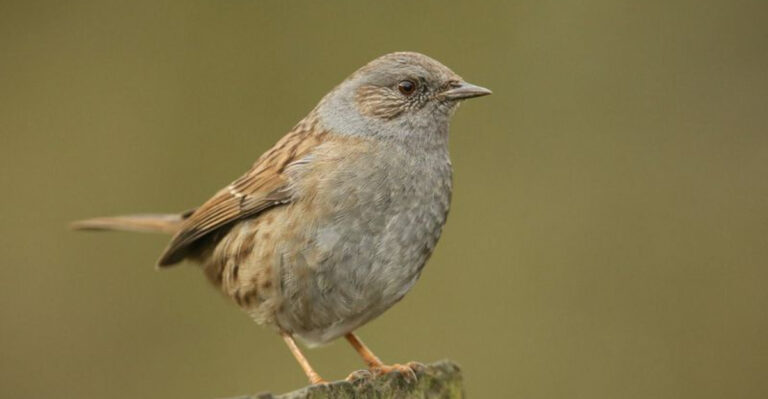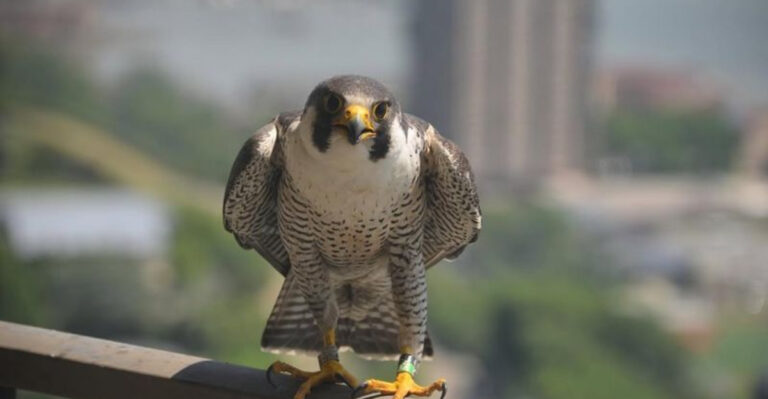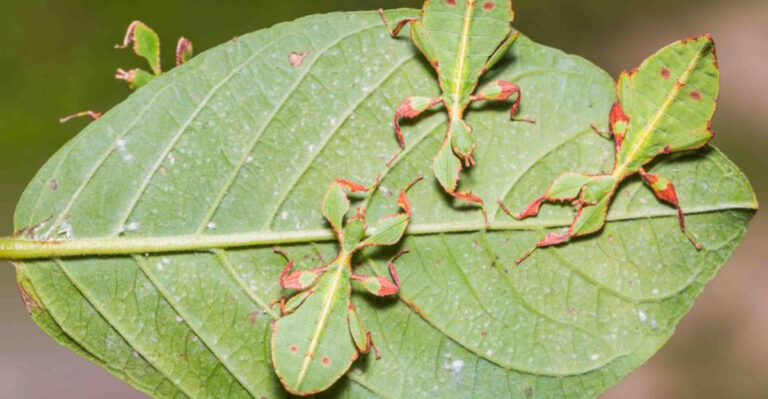15 Reasons Why Big Cats Are Vital To The Balance Of Their Ecosystems
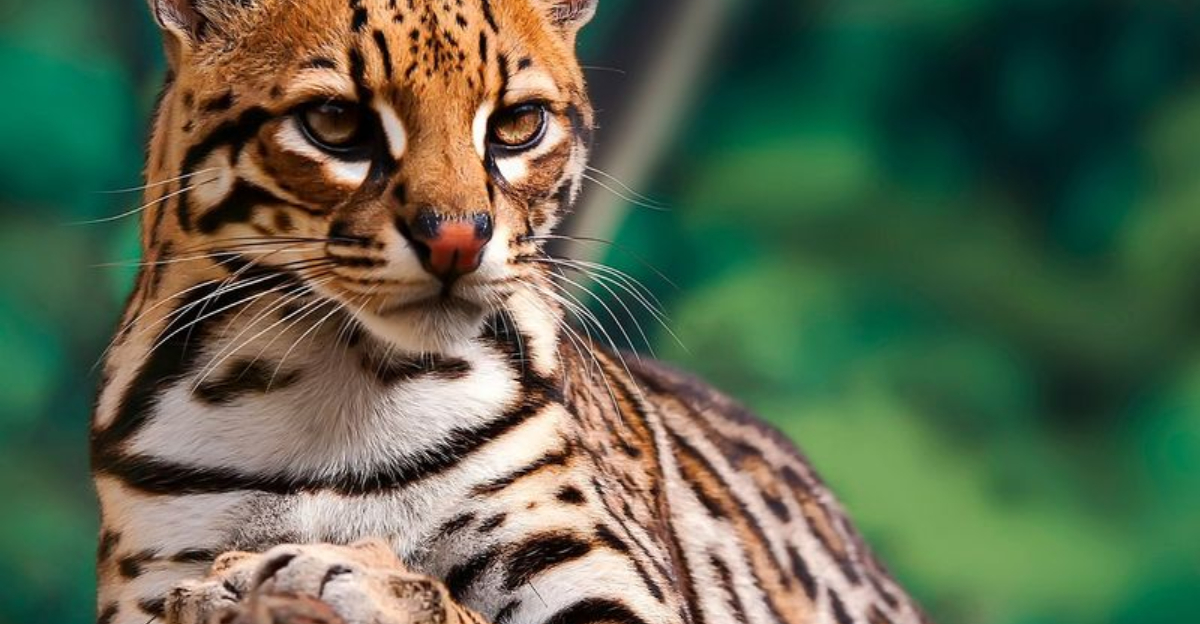
Explore the fascinating world of big cats and discover how these majestic creatures contribute to the delicate balance of ecosystems.
From the stealthy leopard to the regal lion, each species plays a crucial role in maintaining the health and diversity of their environments. Join us on this journey to understand why the survival of big cats is essential for the planet.
1. Top Predators
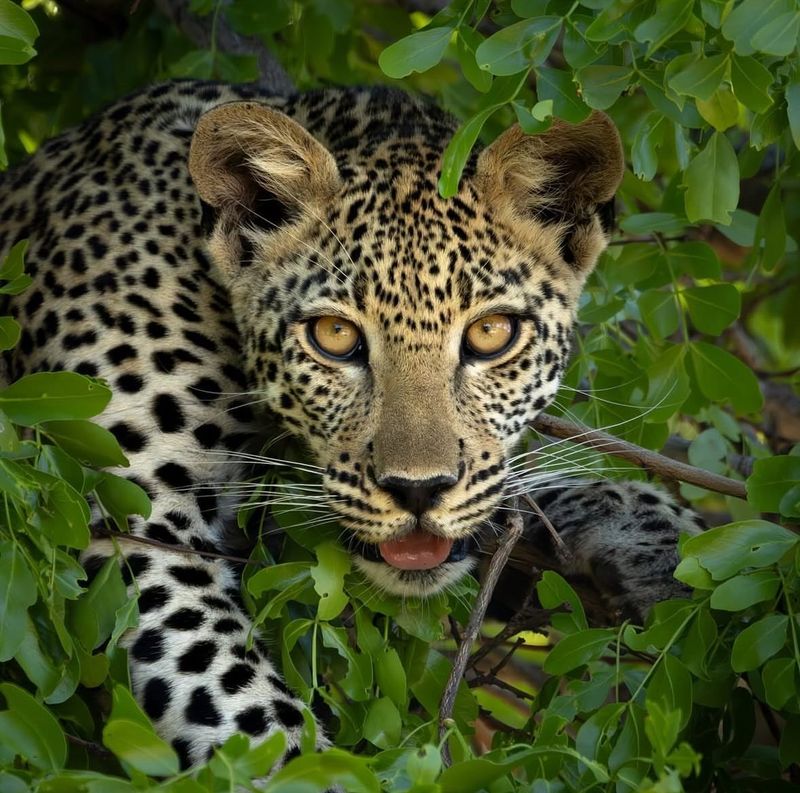
In the wild, big cats like lions and tigers reign supreme as top predators. Their hunting prowess regulates prey populations, ensuring that no single species dominates the landscape. This natural control prevents overgrazing and helps maintain a balanced ecosystem.
Imagine the African savannah without its iconic lions. The absence of these formidable hunters would lead to an increase in herbivore numbers, which could devastate plant life. This domino effect highlights how crucial big cats are to their habitats.
By keeping prey species in check, big cats indirectly support the survival of smaller predators and scavengers. A healthy balance of species promotes biodiversity, ensuring that ecosystems can withstand environmental changes.
2. Biodiversity Boosters
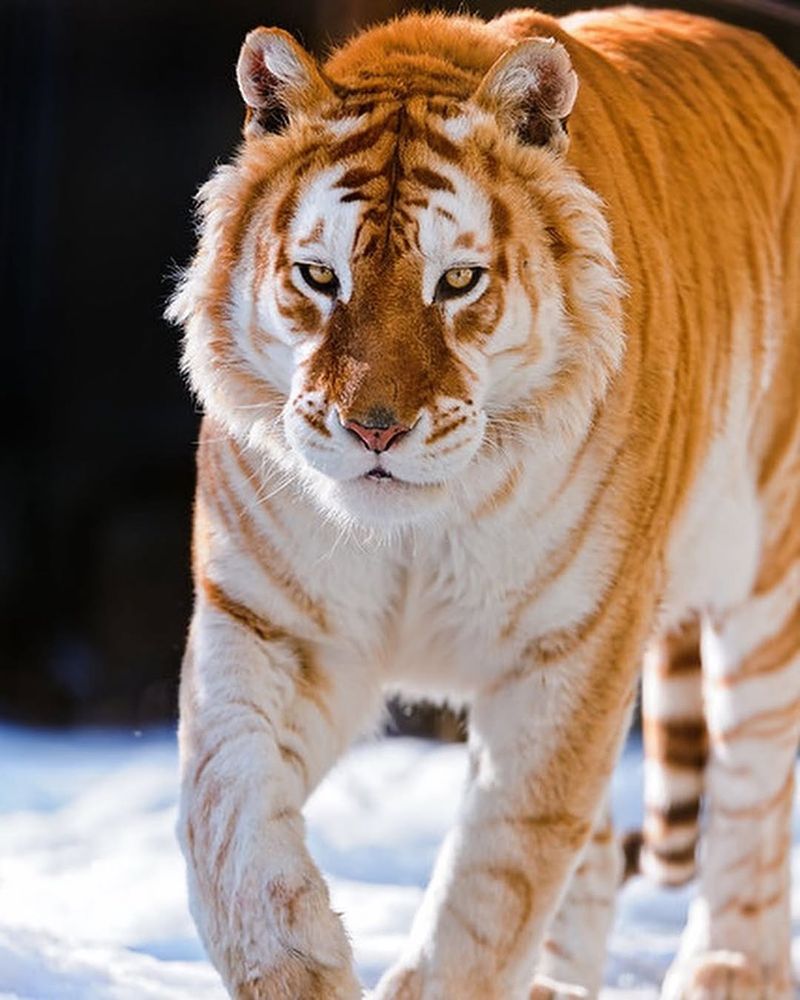
Big cats are like the VIP guests at nature’s grand party, making sure everything runs smoothly. Their presence encourages biodiversity by shaping the ecological dynamics of their territories. When these apex predators are around, the environment thrives with a diverse range of species.
Leopards, for instance, are known to keep the numbers of medium-sized herbivores in check. This allows for a greater variety of plant species to flourish, providing food and habitat for other animals. It’s a chain reaction that sparks life and diversity.
Without big cats, the balance tips, and certain species may become overly dominant, stifling diversity. This ripple effect can lead to habitat degradation and a less resilient ecosystem.
3. Ecosystem Engineers
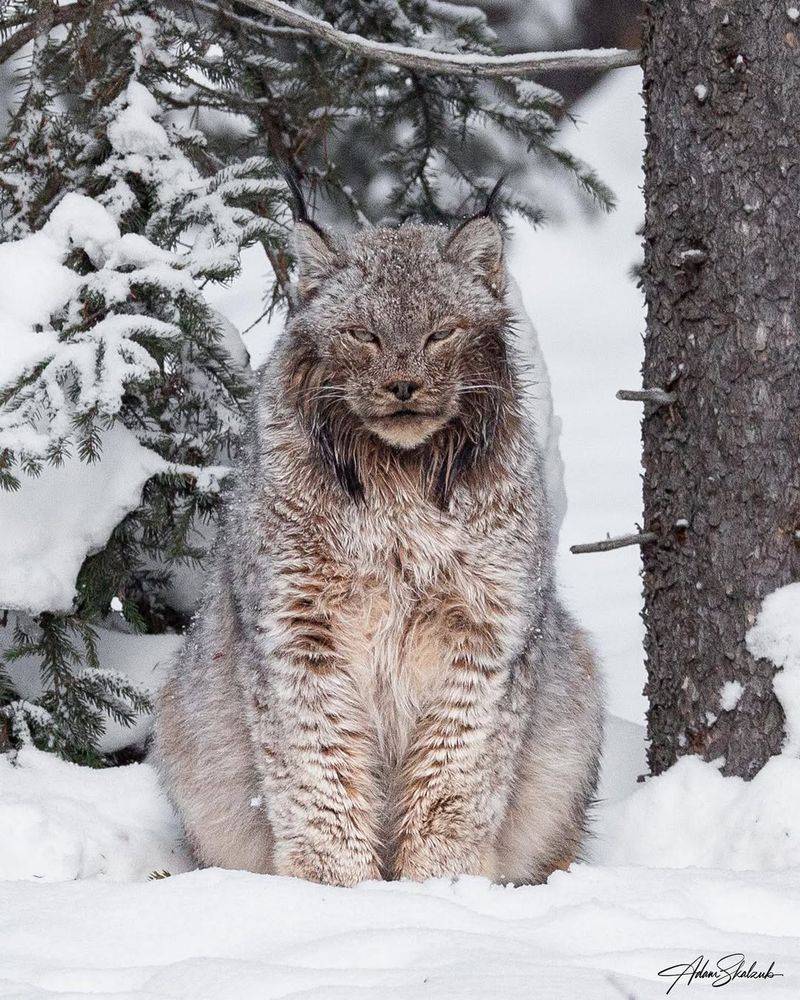
Big cats play the role of ecosystem engineers by influencing the behavior of their prey. Their mere presence can alter where and how prey animals forage, leading to varied plant growth and distribution. This natural regulation helps maintain the structure and function of ecosystems.
For instance, when a tiger prowls through the forest, deer and other herbivores become more cautious, avoiding certain areas. This prevents overgrazing and allows vegetation to recover, supporting a healthy environment.
The absence of big cats would result in unchecked grazing, leading to habitat degradation. By keeping prey populations on their toes, these majestic creatures help preserve the ecological fabric of their habitats.
4. Pollination Partners
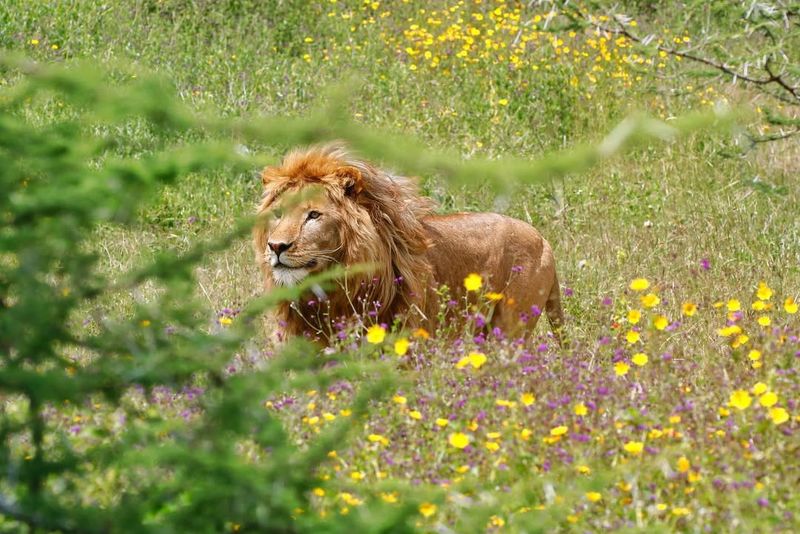
While big cats might not be the first creatures you think of when it comes to pollination, they play a surprising role. By controlling herbivore populations, they indirectly protect plants, including those vital for pollinators like bees and butterflies.
Jaguars, for example, ensure that the forest remains lush by keeping herbivores in balance. This abundance of plant life supports a healthy population of pollinators, contributing to the reproduction of countless plant species.
In ecosystems where big cats are absent, the unchecked herbivore populations can lead to overbrowsing, threatening plant diversity and, consequently, pollinator habitats. Thus, big cats help maintain the intricate web of life that supports pollination.
5. Climate Champions
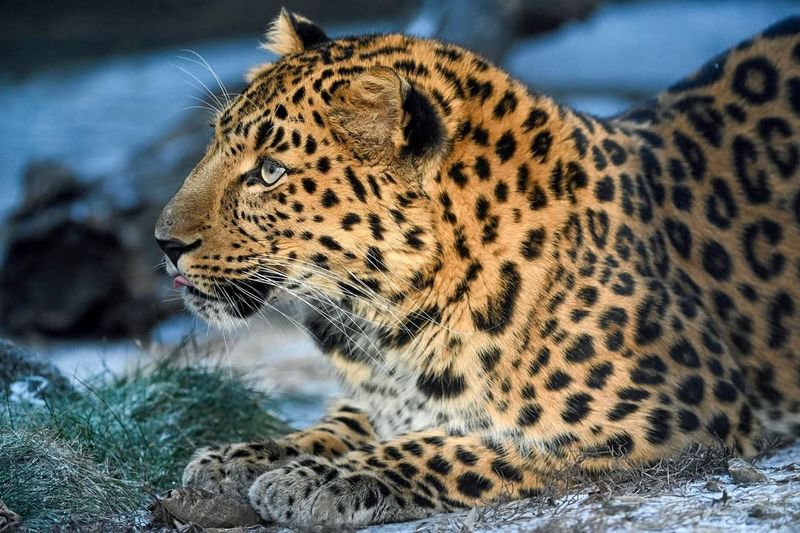
Big cats are unsung heroes in the fight against climate change. By safeguarding their habitats, they ensure the continued storage of carbon in plants and soils. Their presence helps maintain the health of ecosystems, which are crucial for absorbing and storing carbon dioxide.
Consider the elusive snow leopard, which roams the mountains of Central Asia. By keeping herbivore numbers in check, it helps preserve the vegetation that captures carbon, contributing to climate regulation.
Without big cats, ecosystem degradation would lead to reduced plant cover and increased carbon release. Their role as top predators is vital for maintaining the natural processes that mitigate climate change.
6. Seed Dispersers
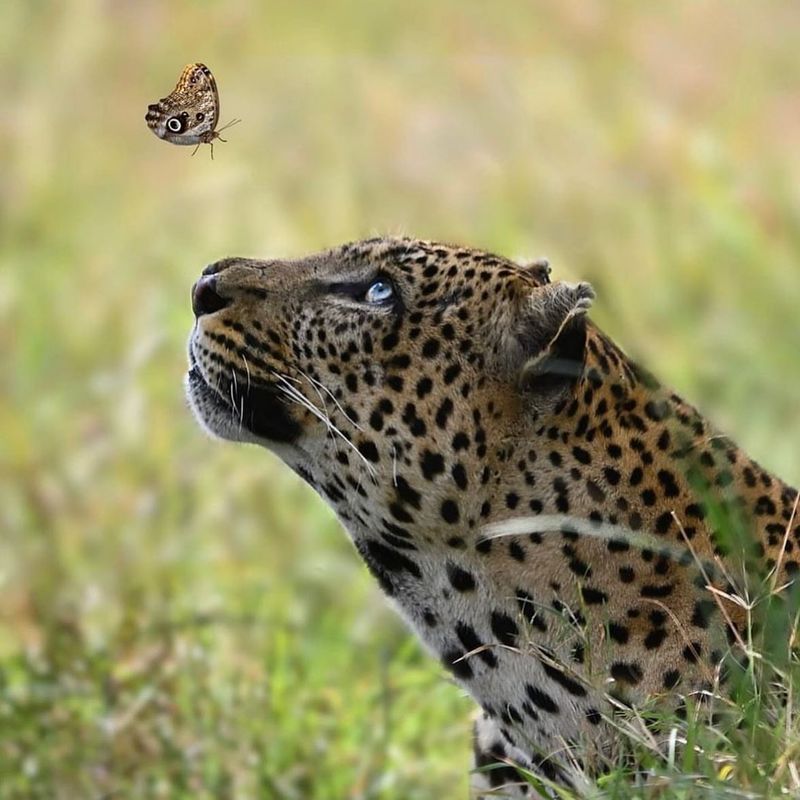
Big cats indirectly influence seed dispersal through their prey. When they hunt, they leave behind remains that attract scavengers, which in turn disperse seeds through their movement and digestion.
Cheetahs, by preying on herbivores, ensure that seeds are spread across a wide area. This natural process supports plant regeneration and diversity, promoting a healthy ecosystem.
In the absence of big cats, seed dispersal mechanisms could be disrupted, leading to less diverse plant communities. By influencing the behavior and movement of other animals, big cats play a subtle yet significant role in their habitats.
7. Waterway Protectors
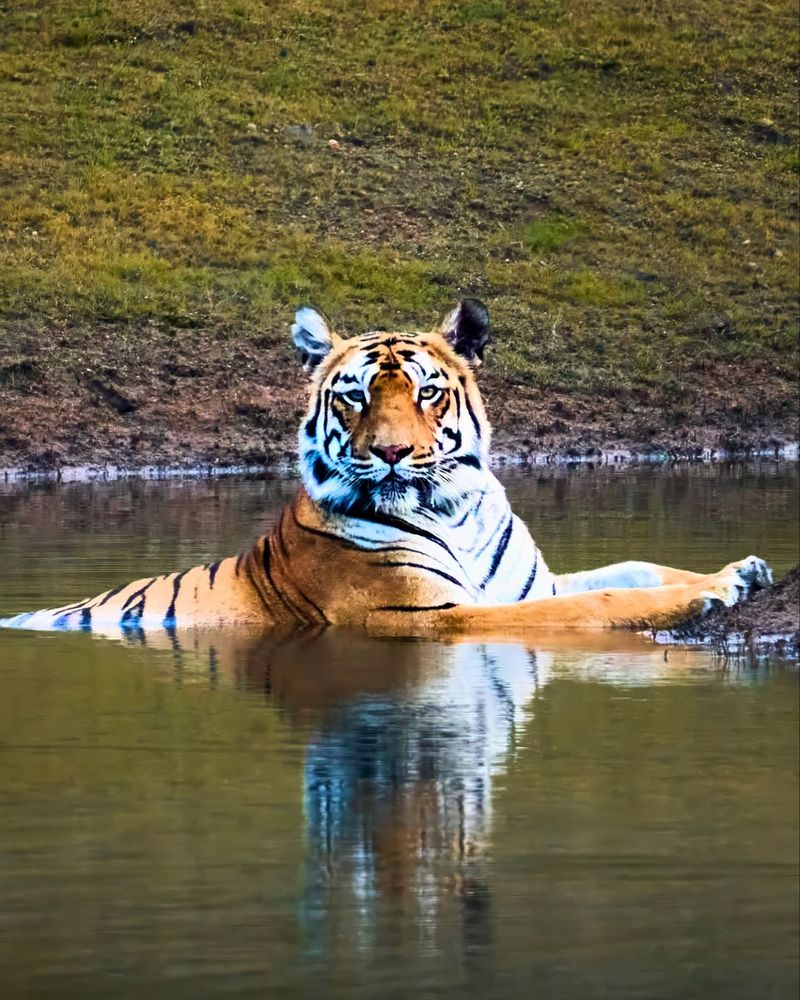
Big cats are crucial for the protection of waterways in their ecosystems. By ensuring balanced herbivore populations, they prevent overgrazing near water sources, which can lead to erosion and water pollution.
Lions, for instance, help maintain the delicate balance of life around rivers and lakes. Their presence ensures that vegetation along waterways remains intact, protecting water quality and providing habitat for aquatic species.
Without big cats, unchecked herbivore activity could result in degraded water ecosystems. Their role in maintaining healthy waterways is essential for the survival of countless species and the overall health of the environment.
8. Cultural Icons
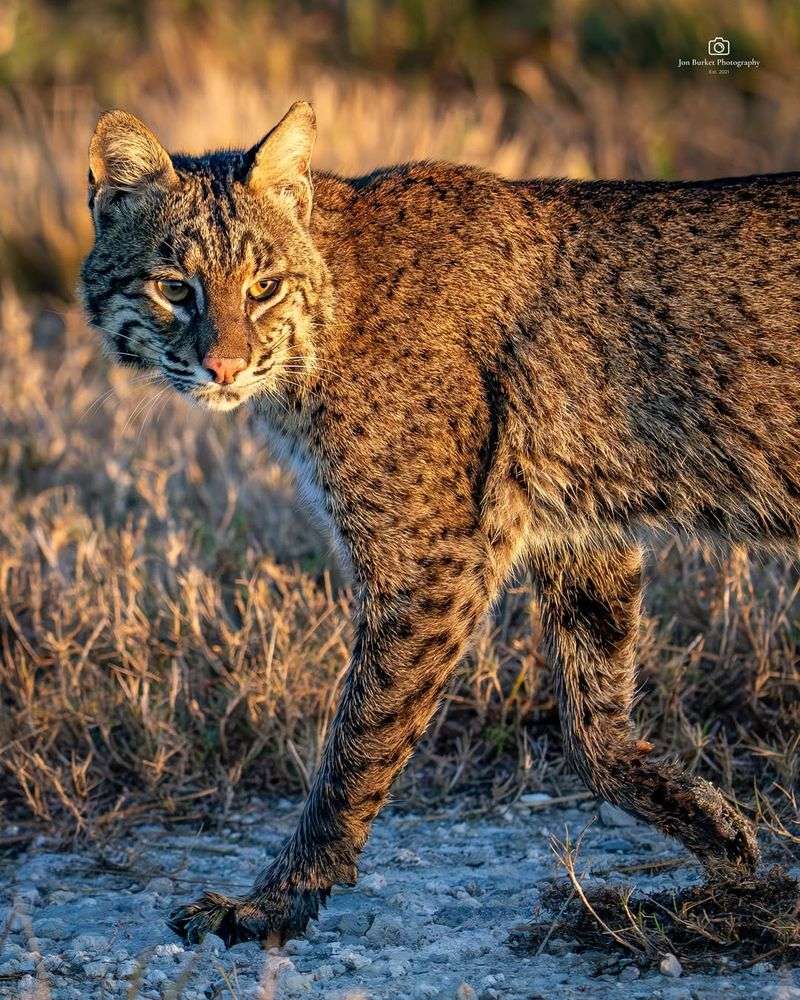
Big cats hold a special place in human culture and mythology. Their majestic presence has inspired stories, art, and traditions across the globe. These cultural icons are not only symbols of power and grace but also reminders of the deep connection between humans and nature.
Lions, revered as kings of the jungle, have been featured in countless legends and emblems. They embody strength and courage, inspiring awe and respect in people of all ages.
The loss of big cats would mean the loss of cultural heritage and a disconnect from the natural world. Their preservation is vital for maintaining the rich tapestry of human culture and history.
9. Tourism Ambassadors
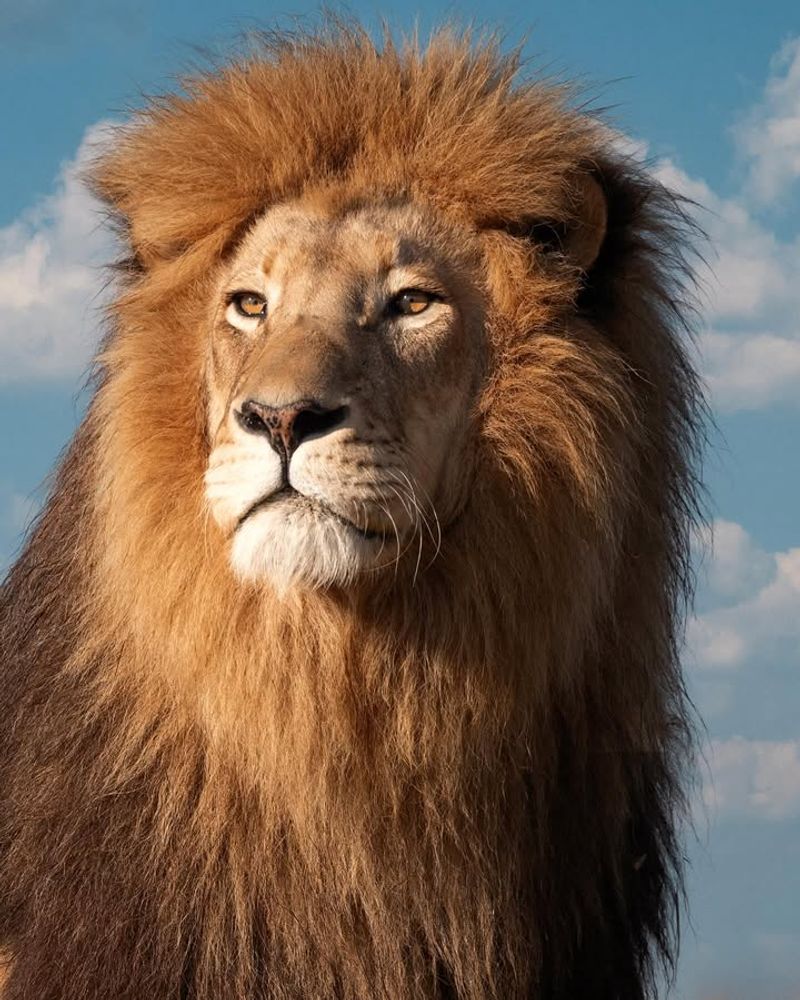
Big cats are star attractions for wildlife tourism, drawing visitors from around the world. Their presence boosts local economies and encourages the conservation of natural habitats.
Tigers, with their striking appearance, are a major draw for ecotourism in regions like India and Southeast Asia. Tourists flock to catch a glimpse of these magnificent creatures in their natural habitat, generating revenue for conservation efforts.
Without big cats, many regions would lose a significant source of income and motivation to protect their natural environments. By supporting tourism, big cats play a crucial role in promoting conservation and sustainable development.
10. Genetic Diversity Guardians
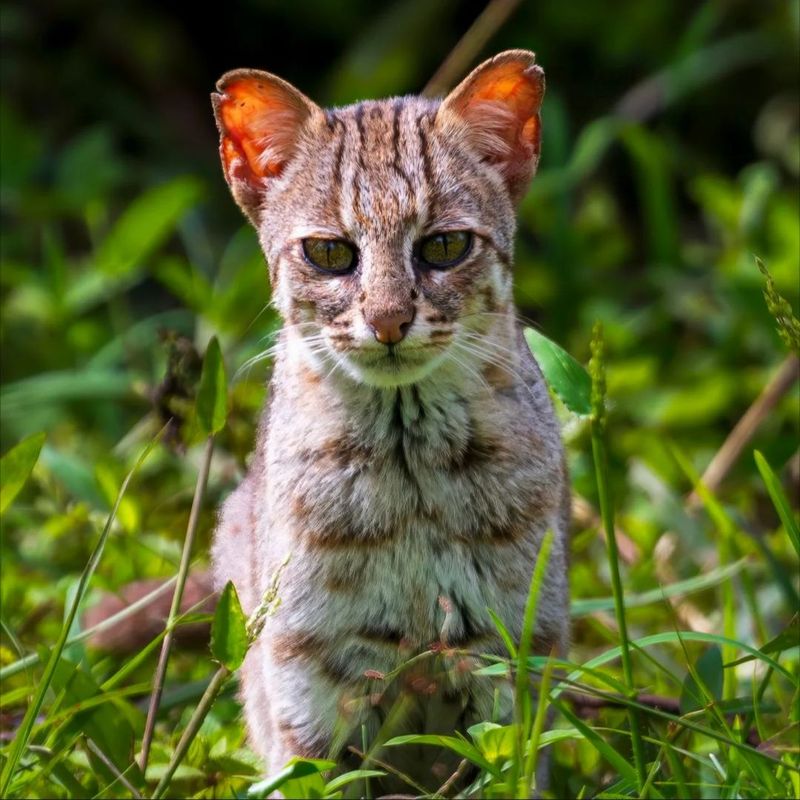
Maintaining genetic diversity is essential for the resilience of species. Big cats, with their wide-ranging territories, help ensure the genetic flow between populations. This genetic exchange is vital for adapting to environmental changes and threats.
Cheetahs, for instance, benefit from diverse gene pools that enhance their ability to survive diseases and adapt to changing conditions. The movement of big cats across landscapes facilitates this important genetic mixing.
Without big cats, isolated populations may suffer from inbreeding and reduced adaptability. By ensuring genetic diversity, big cats contribute to the long-term survival and health of their species and ecosystems.
11. Disease Regulators
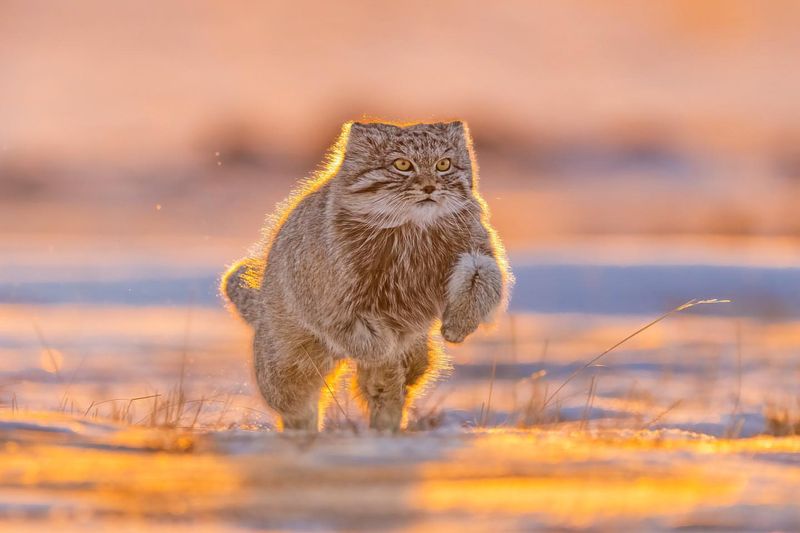
Big cats play a role in regulating diseases within their ecosystems. By controlling prey populations, they reduce the spread of diseases that can affect both wildlife and humans.
Jaguars, for example, help prevent the overpopulation of certain prey species that can carry diseases. By keeping these populations in check, they reduce the risk of outbreaks that could impact other animals and people.
Without big cats, ecosystems could face increased disease transmission, leading to imbalances and health risks. Their role as natural regulators is crucial for maintaining healthy and resilient ecosystems.
12. Natural Pest Controllers
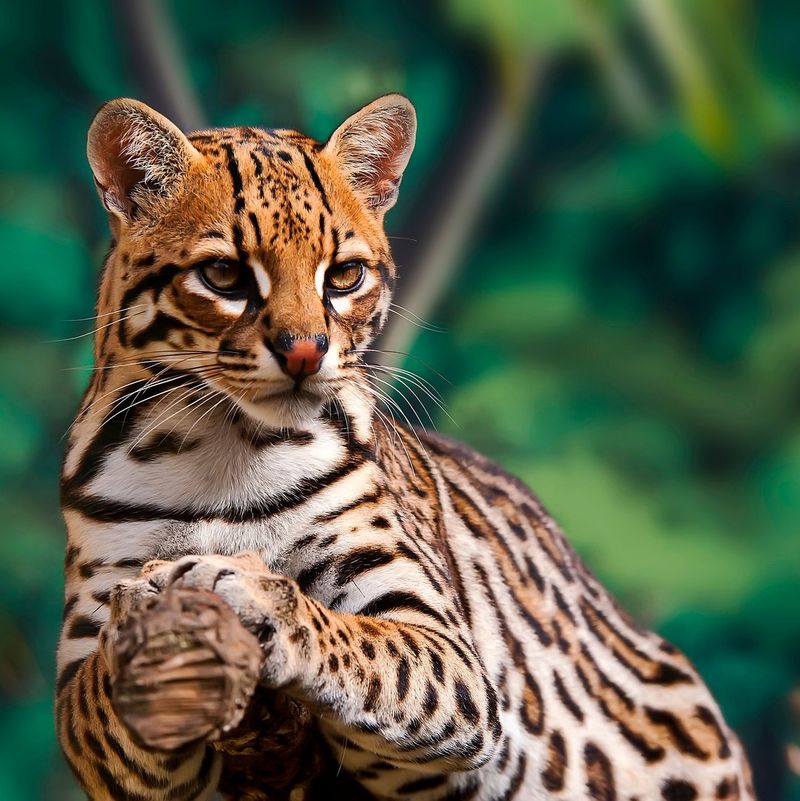
Big cats are nature’s pest control agents, keeping small animal populations in check. Their hunting activities prevent overpopulation of species that could become pests.
Leopards, with their stealthy approach, effectively manage populations of rodents and other small animals. This helps protect crops and reduce the spread of zoonotic diseases.
Without big cats, pest populations could explode, leading to agricultural damage and health risks. Their presence as natural exterminators is vital for maintaining balance in ecosystems and human communities.
13. Pathway Pioneers
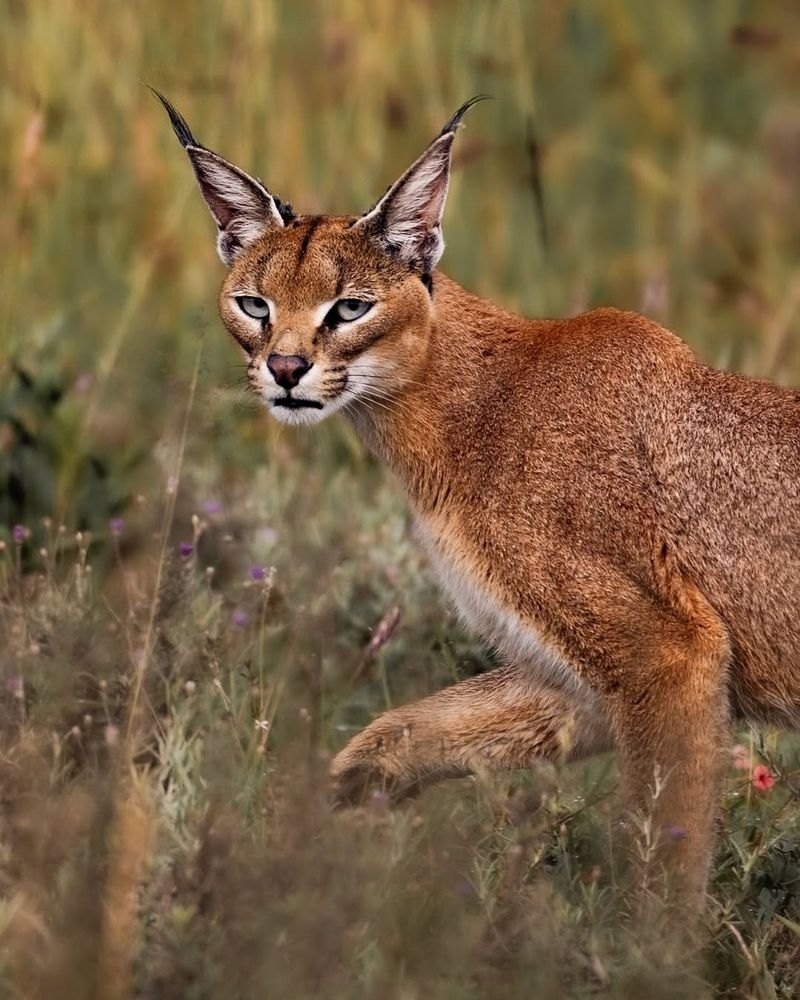
Big cats often roam vast territories, creating pathways through dense vegetation and rugged landscapes. These routes are used by other wildlife, facilitating movement and access to resources.
Snow leopards, for instance, blaze trails through the mountainous regions they inhabit. This not only aids their hunting but also provides routes for other animals to follow, promoting connectivity within ecosystems.
Without big cats, these natural pathways could become overgrown and inaccessible, limiting the movement of wildlife. By pioneering paths, big cats support the dynamic flow of life across their habitats.
14. Ambassadors Of Adaptation
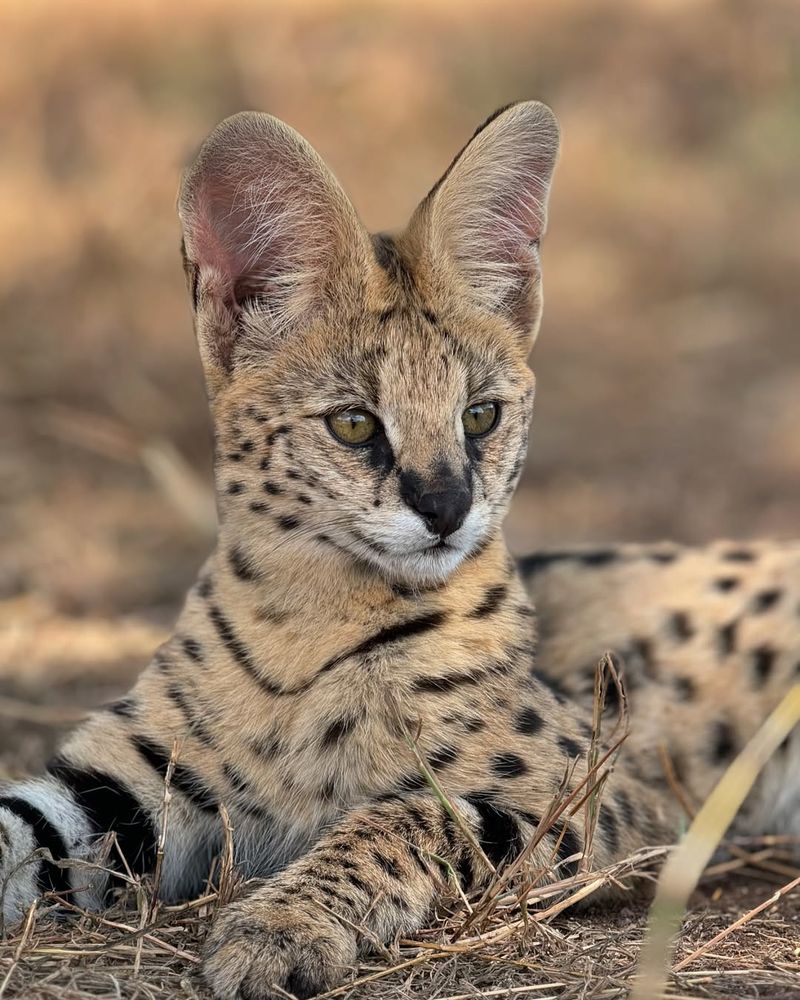
Big cats are master adapters, thriving in diverse environments from rainforests to deserts. Their ability to adjust to changing conditions serves as a model of resilience for other species and ecosystems.
Lions, for example, have adapted to various African landscapes, showcasing their flexibility in diet and behavior. This adaptability helps them survive in challenging environments and inspires conservation efforts.
Without big cats, ecosystems might lose their ability to adapt to changes, leading to instability. Their role as ambassadors of adaptation highlights the importance of resilience in nature.
15. Guardians Of The Night
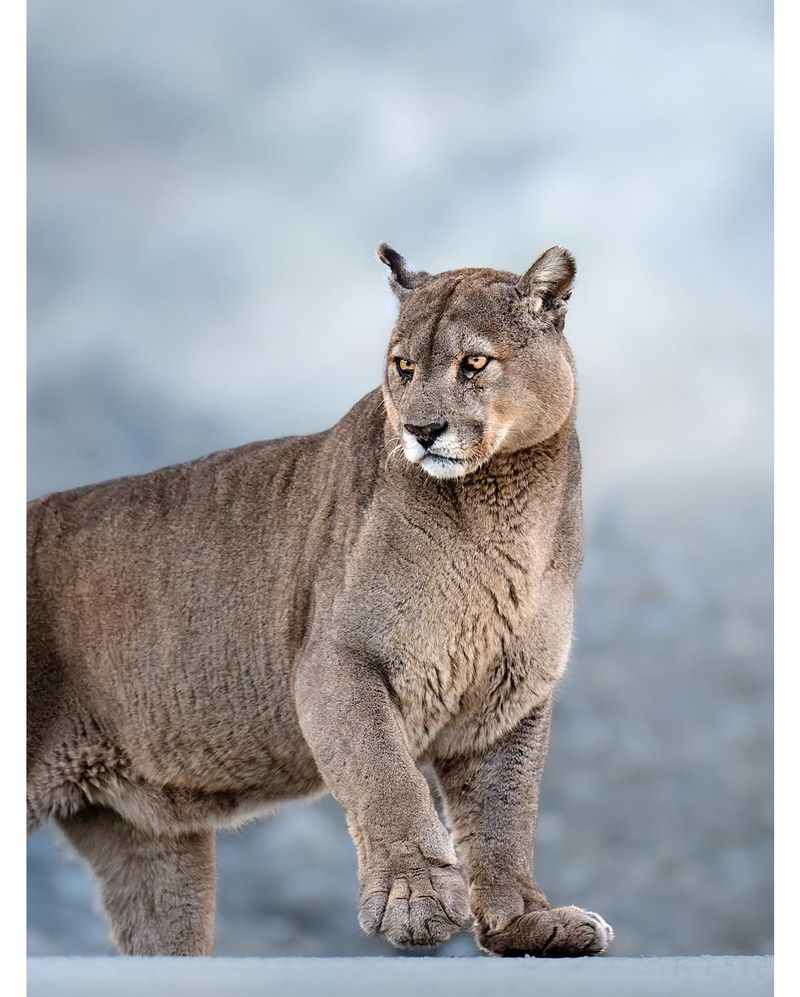
Big cats are often active during the night, playing a vital role in the nocturnal ecosystem. Their hunting activities ensure that prey populations don’t disrupt the delicate night-time balance.
Tigers, with their night vision prowess, keep nocturnal prey species in check. This helps maintain a harmonious ecosystem where both night and day creatures can thrive.
Without big cats, the balance of night-time activities could be disrupted, affecting the entire ecosystem. As guardians of the night, they ensure that the rhythm of nature continues smoothly.

